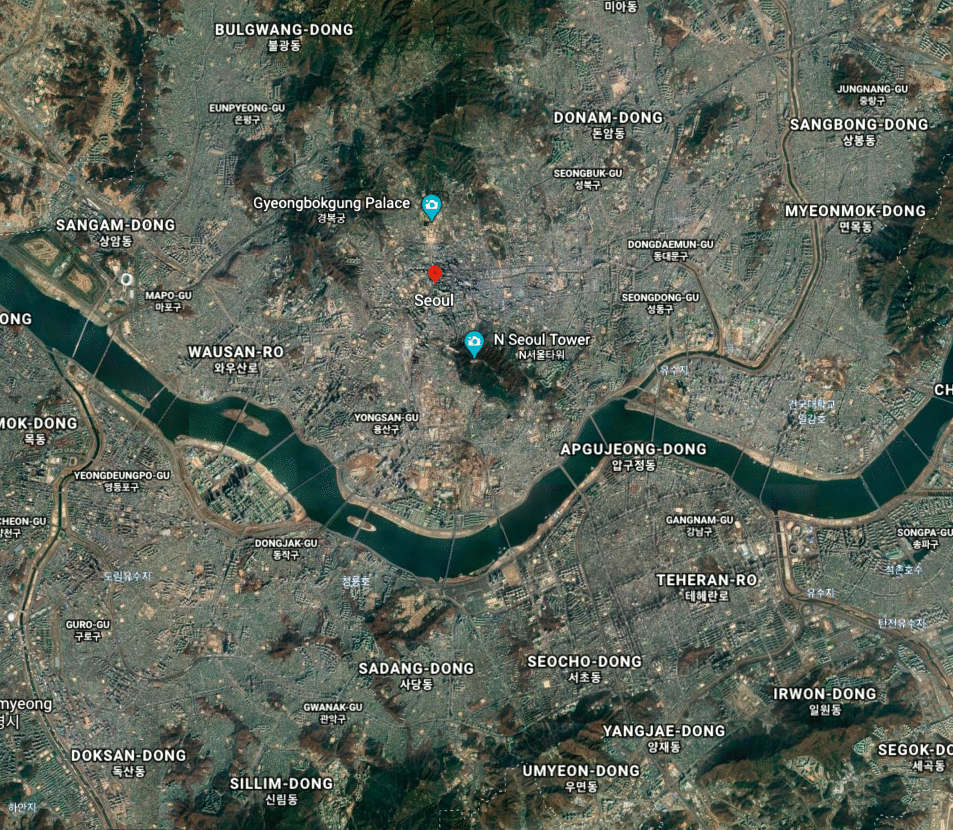Seoul, a huge metropolis of almost 10 million people, is a conglomeration of old and new neighborhoods, with some built on a grid and a majority that were not. Although Seoul is nearly 2000 years old, little of its modern facade dates back more than a few decades, as the majority of the city was developed very quickly in the decades following the Korean War. However, the layout of the streets still retain some influence from both the Joseon era and the Japanese colonial era. Around 600 of Seoul’s streets originate from the Joseon period, following the natural geography of the city’s streams and resulting in curvilinear, non-gridded streets; the process of dividing the city into districts started under Japanese rule. The new neighborhoods built after the war were a result of prioritizing speed over a uniform urban design for the city. As a result, some individual neighborhoods like Gangnam and Yeouido, were planned carefully, but the majority were not.
Seoul, South Korea
